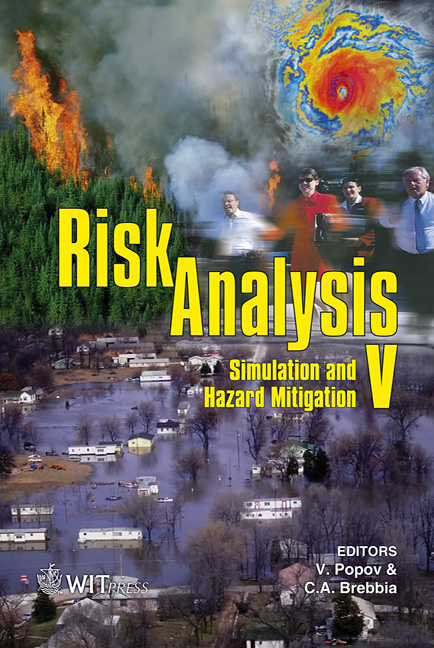Living With Dam-break Flood Risk: The Case Of A Portuguese Dam-valley System
Price
Free (open access)
Transaction
Volume
91
Pages
11
Published
2006
Size
1,017 kb
Paper DOI
10.2495/RISK060221
Copyright
WIT Press
Author(s)
D. Sousa e Silva1 & A. Betâmio de Almeida2
Abstract
Technical risk analysis is typically based on the systematization of physical causes and effects, underlying events such as technological accidents or natural hazards. Such an effort of objectivity has the inconvenience of separating risk from its societal context, whose characteristics and dynamic usually interfere in risk severity and the probability of occurrence. When applied to dam-break flood risk, the analysis needs to consider dam-related aspects as well as the downstream valley, namely as far as it concerns human occupation patterns and public risk perception. Risk analysis approaches of this sort imply the settlement of a research process based on an interdisciplinary dialogue between the engineering and social sciences. Through such a methodology, it is expected to guarantee a more efficient and holistic risk assessment. The research project Dam-break flood risk management in Portugal (1995–2002), sponsored by the NATO-Science Programme (NATO POFLOODRISK), was an opportunity for the application of the above-mentioned approach and methodology. This paper intends to present a short overview about essential aspects of social science research and its contribution for dam-break flood risk analysis and management. Keywords: social sciences, dam-break flood risk, risk management, public risk perception, protective behavior. 1 Introduction A dam failure is an example of a catastrophic situation or risk scenario associated with a relatively low-probability and potential high damage
Keywords
social sciences, dam-break flood risk, risk management, public risk perception, protective behavior.





